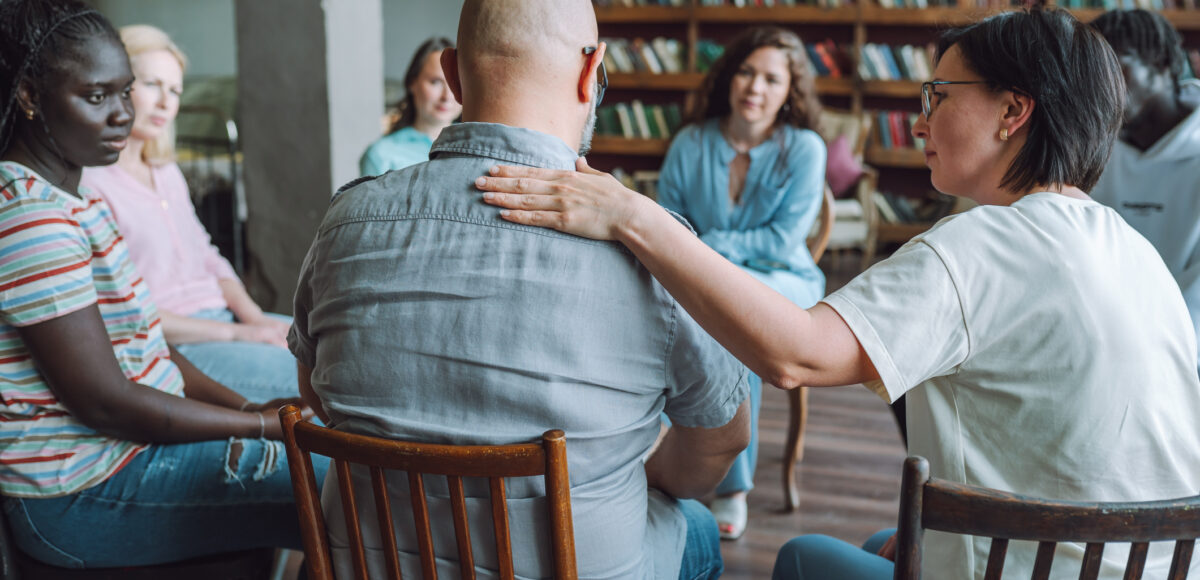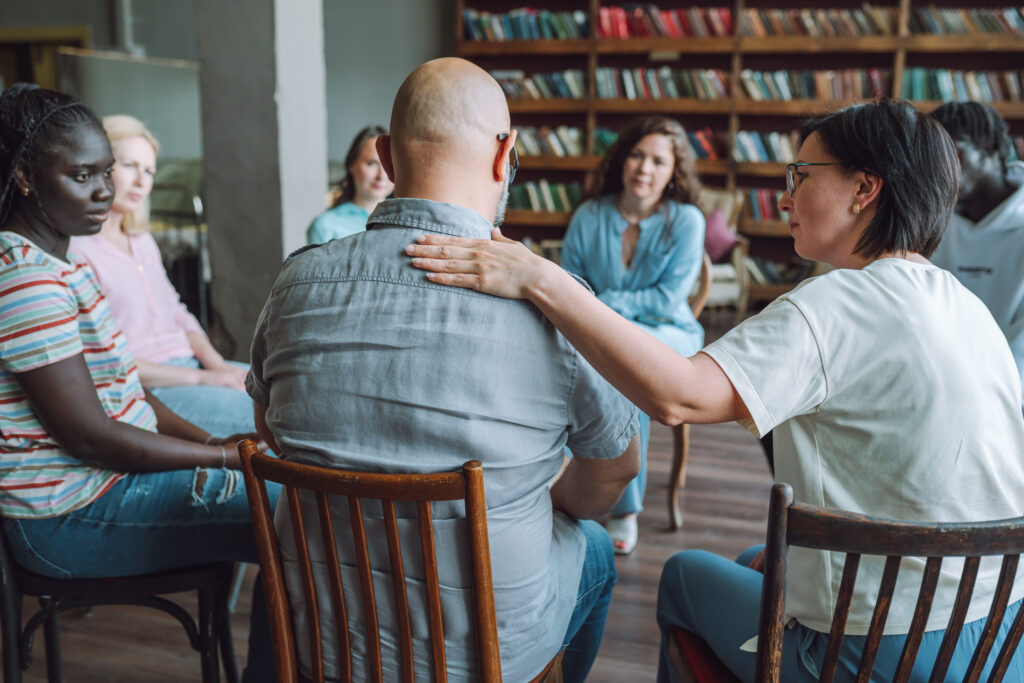
Coping Strategies for Trauma Survivors: A Path to Healing
This post on Trauma is written by Maya Bauer, M.A
Trauma can have a lasting impression on an individual’s physical and mental health. Events that are difficult to get over impact an individual in multiple aspects of their life. Traumatic stress can include the emotional and physiological impact on an individual after an overwhelming and highly stressful experience.
For some individuals, this can disrupt their feelings of safety, trust in themselves and the world around them, and their level of self-worth.
Below are a handful of coping strategies when dealing with past trauma:
PRACTICE GROUNDING TECHNIQUES

Grounding techniques can guide an individual’s attention away from thoughts and experiences of the past and toward the safety of the present moment. These activities will bring one’s attention to one’s surroundings and can assist individuals in reconnecting with their bodies.
Grounding techniques can include:
- Focusing on your breath
- Feeling the texture of an object
- Firmly planting your feet into the ground
- Engaging your five senses (e.g., listing things you can hear, smell, see, etc.)
- Holding an ice cube or splashing cold water on your face
- Eating something spicy or sour
ENGAGE IN CREATIVE EXPRESSION
Engaging in creative ways to express yourself can be an effective and powerful way to process trauma. Your creative ways of expressing yourself could include journaling, painting, drawing, music, or dancing.
The benefits of creative expression are extensive:
- Alternative Form of Expression: When it is challenging to describe bodily sensations associated with trauma memories
- It Activates Neural Pathways: Neural pathways involved in regulating your emotions and processing distressing memories are activated when creating art
- Emotional Expression: Art therapy can help you identify your emotions, increase your self-awareness, and enhance your ability to handle distress
- Containment: Creative expression provides a structured and safe environment to explore your feelings. By externalizing the trauma, creative expression can help you separate yourself from the distressing memories.
RECOGNIZE AND WORK THROUGH TRIGGERS

Triggers are reminders of distressing memories that can result in intense emotional and physical reactions. Each individual’s triggers are unique and may include smells, specific people, sounds, and sensations. Identifying triggering events and stimuli is the first step in managing them. By developing coping and grounding skills, talking to a therapist, and coping ahead of time for specific situations, you can reduce the triggers’ impact on your everyday functioning.
SET BOUNDARIES
Setting boundaries is an act of self-care that can reduce your day-to-day stress levels by recognizing your limits. These limits may include saying no to specific situations or activities, taking breaks as needed, or creating distance from particular individuals. Healing takes time, and you deserve to prioritize your health and well-being.
ESTABLISH A ROUTINE

A routine can create a sense of structure, predictability, and normalcy, all of which can comfort individuals who have experienced trauma. Establishing a routine can include waking up at a similar time each day, eating regularly, and signing up for weekly activities. This can create an enhanced sense of safety and control.
In Summary ...
Trauma can deeply affect a person’s physical and mental health, disrupting their sense of safety, trust, and self-worth. Healing is a unique process. It’s okay to take time, ask for help, and find what works best for each individual.
Check out our other popular blog posts:
